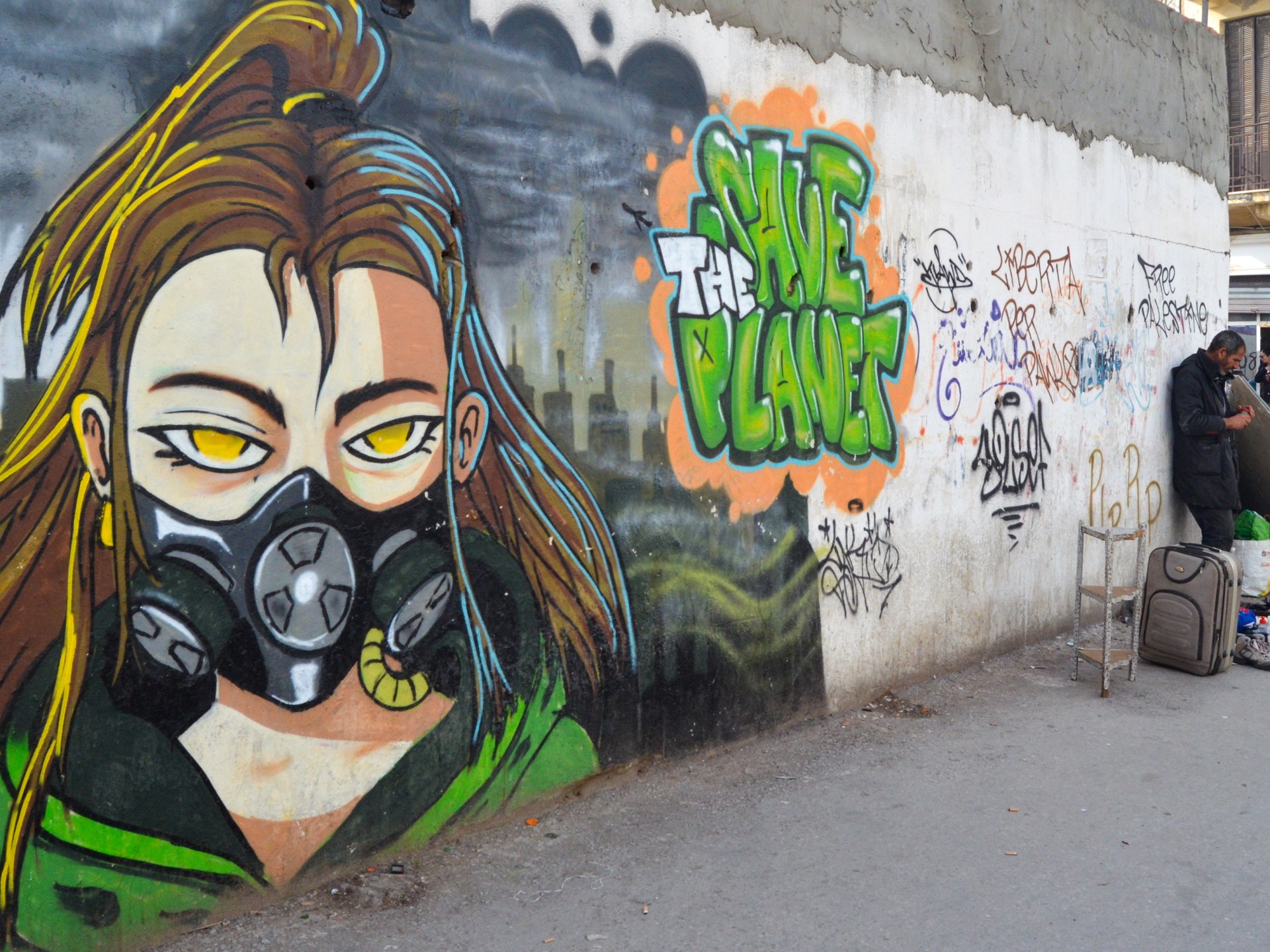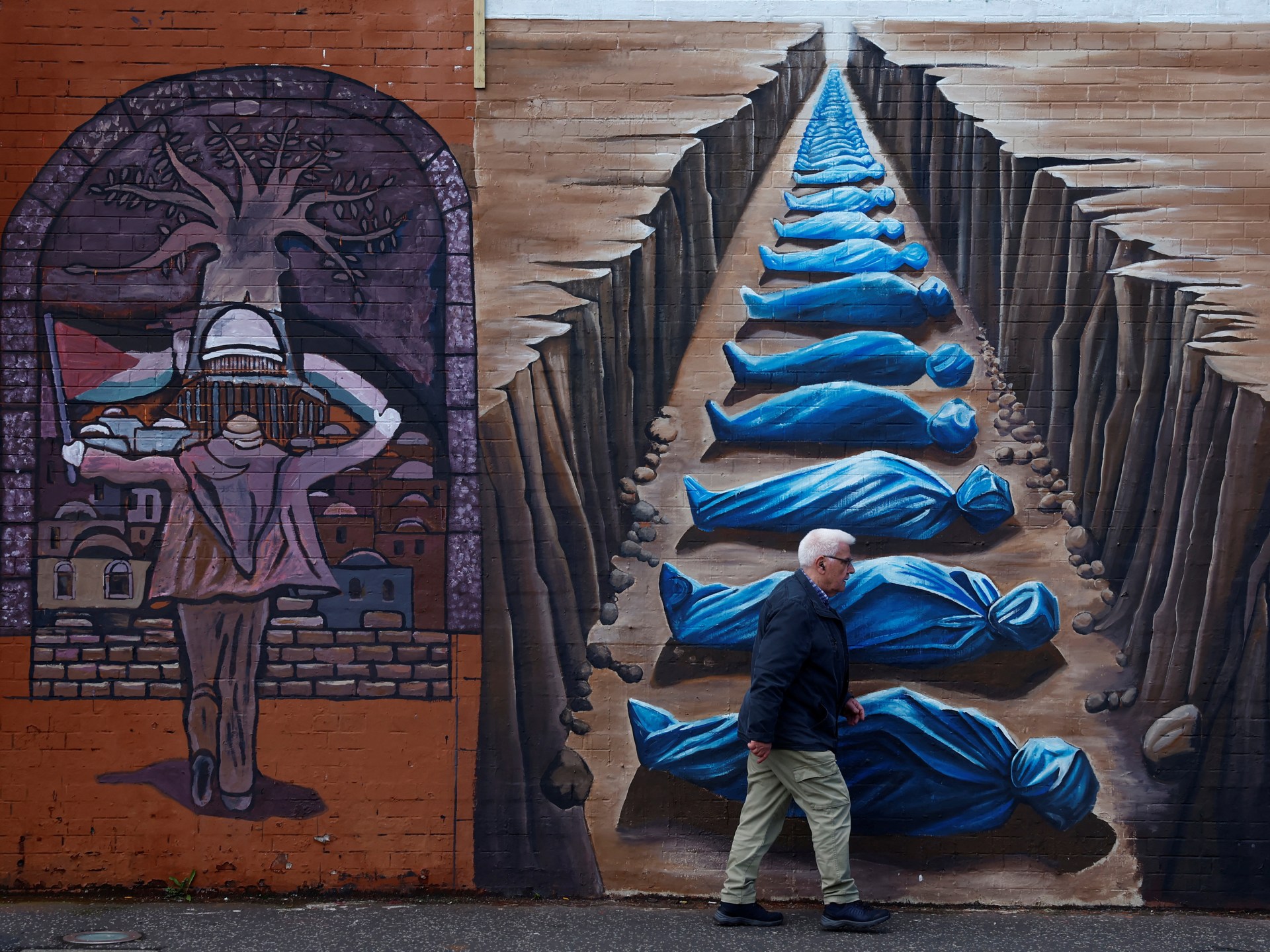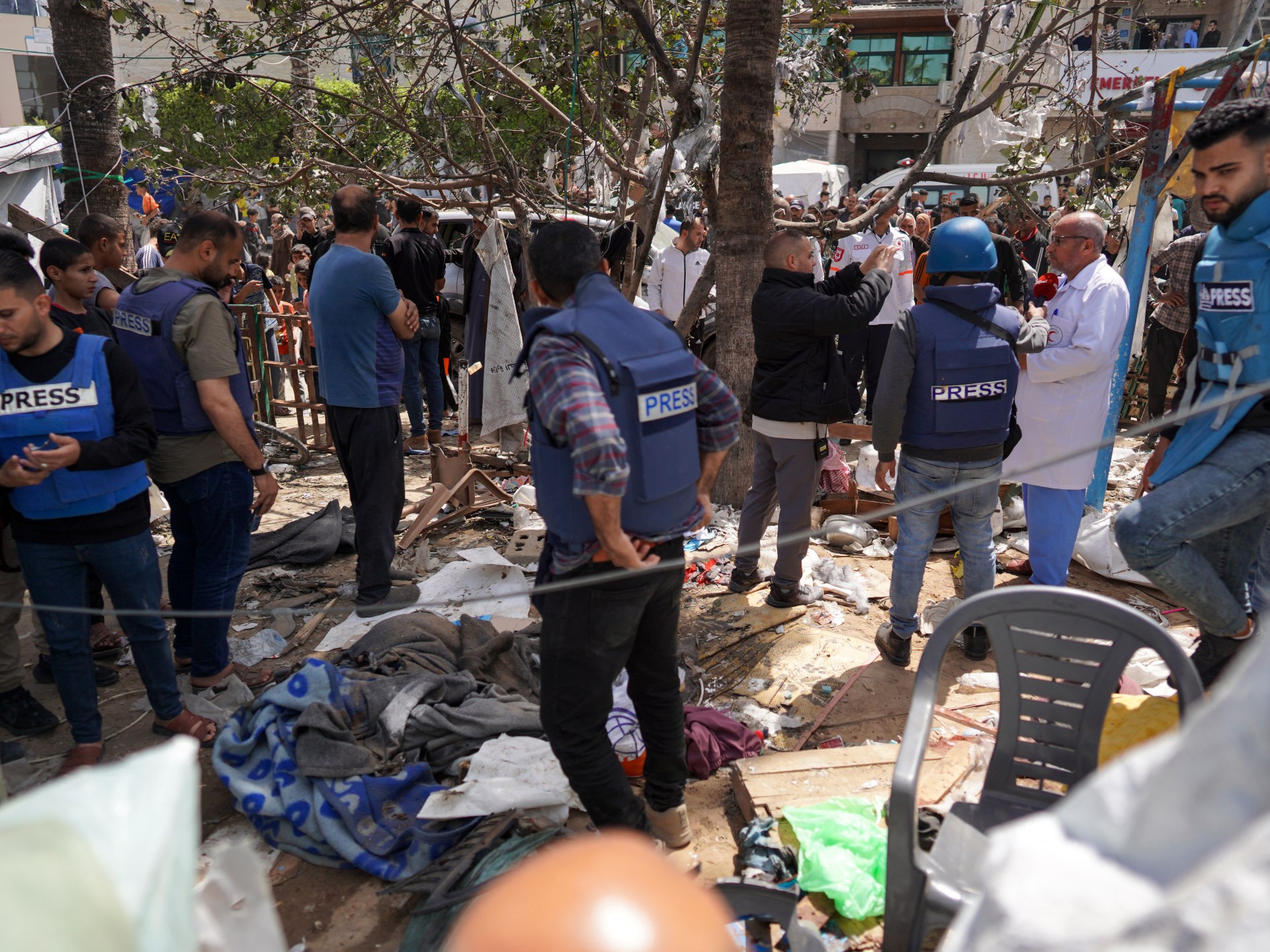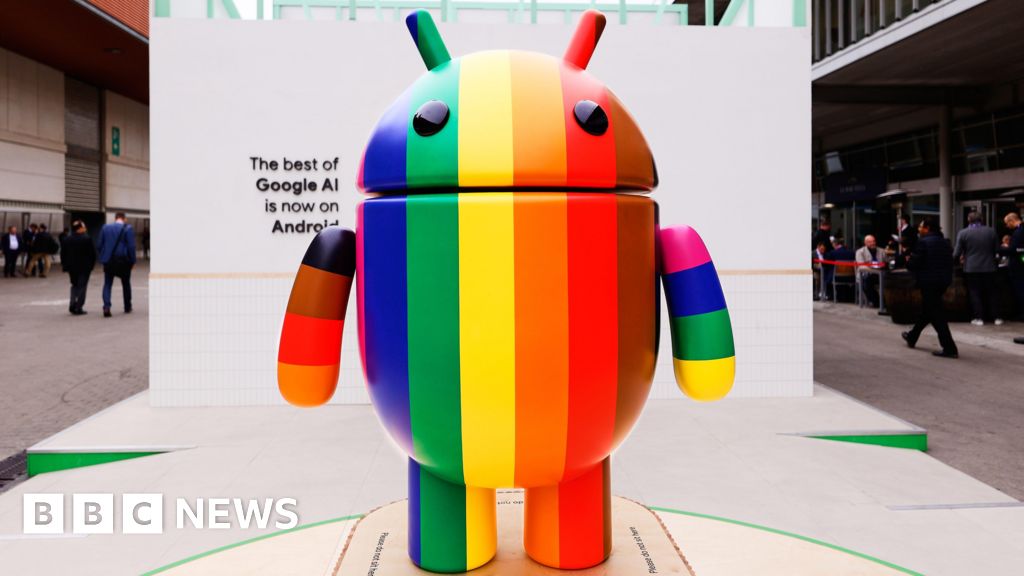Who’s in charge of Tunisia’s streets? Writing’s on the wall | Arts and Culture
Tunis, Tunisia — Where control of the public space lies is one of the most fundamental questions at the heart of any society.
Under repressive governments, such as those that held sway over Tunisia during the decades from independence up to its revolution of 2011, there was never any real doubt. Control of the public space, its roads, its architecture and its walls was the exclusive preserve of the state.
While the muscle memory of repression may again be flexing in Tunisia, some of the dramatic gains of the post-revolutionary years, not least in terms of music and art, continue to hold their ground.
Local rap artists such as Balti, Artmasta and Klay BBJ are regular fixtures on the Tunisian charts. And graffiti has come to adorn entire swathes of the urban space, especially in the capital, where giant murals adorn the sides of public buildings and car park walls and have become creative magnets for the curious.
“Street art isn’t really illegal in Tunisia,” 23-year-old street artist Klawd explained from the offices of the Debo street art and hip-hop collective in downtown Tunis, the smell of paint thinners and sound of techno filling the darkening air.
“That’s to say, there’s no one law against it. If the police wanted to, they could get you [citing other laws], but for now, they don’t seem too bothered.”
Given the politically charged history of graffiti in Tunisia, it can be a fine balance. The Ahl El Kahf crew flooded Tunis’s streets in the wake of the revolution with murals celebrating Mohammed Bouazizi — whose self-immolation sparked the 2011 uprising — and other artwork decrying the decades-long deployment of police violence that escalated to a frenzy during the last few weeks of the regime.
Over the ensuing years, Tunisian history has been written on its cities’ walls with tags protesting the government’s 2017 attempts to forgive the crimes of the old repressive state. Other targets include the country’s drug laws and the police.
Now, new generations of artists must compete for space alongside art graduates and advertisements — while practising caution towards the ubiquitous spread of football culture.
“The ultras [football fans] are the worst,” 20-year-old Split said. “If you’re caught tagging [painting] in one of their hoods, you’re in trouble.”
The reach of street art extends across the capital, even if much of its former political bite has been dulled.
When the Czech government had to remove the thick hedge that surrounded its embassy in Tunis out of security concerns, their diplomats turned to the city’s street artists to give their offices a contemporary edge. Elsewhere, everything from co-working spaces to fishing tackle shops look to the country’s street artists to help them stand out from the crowd.
Towering above other murals in the minds of many is Djerbahood, the giant installation put together in 2014 on the island of Djerba. There, artists from around the world travelled to the island to give the small, isolated village of Erriadh a new lease of life with a creation that, if now a little careworn, still draws visitors from across the region.
Many of Tunisia’s street artists no longer focus their anger on the police and the state, but protests do continue. In Tunis, StreetMan, who uses a figure inspired by traditional Tunisian wrought iron curls as a signature, questions everything from unemployment to irregular migration in his work.
Still, it is Israel’s war on Gaza that now dominates the scene with the buttresses supporting freeways carrying symbols of Palestine’s resistance. Elsewhere, on Avenue Jean Jaures in the heart of the city, plans are under way to install a new mural condemning Israel and the international actors backing its actions in Gaza.
“It deserves something better,” Klawd said of the space currently carrying a number of ill-assorted tags praising Palestine’s resistance, “I think we’re going to get a few people together and really do something.”
In the years since the revolution, graffiti has become a fact of life for many of Tunisia’s city dwellers. Commuters pass by some of the most vibrant designs in North Africa. Cars queue up outside walls coloured by the vivid imaginings of the young, the creative and the engaged.
The alternative is concrete.
Check out our Latest News and Follow us at Facebook
Original Source







